Newsdesk Archive

Astronomers learned to see beyond the Milky Way's glare into a hidden realm of faint galaxies.

Many distant relatives of elephants like mastodon and mammoths were able to survive changing environments because of the widespread interbreeding.

A combination of a few spare moments, deep breathing, and perhaps a mantra, one can achieve a sense of calm no pharmaceutical company can duplicate.

Hawking's answer to the question "What was there before there was anything?" relies on a theory known as the "no-boundary proposal."

Futurist Michio Kaku sees humans doing ballet on Mars and projecting their brains into the cosmos. And aliens? Oh, they're coming.

As governments convene throughout 2018 and beyond to discuss new and necessary ocean laws, we must give equal consideration to the perspectives of women.

Armchair genealogists and a team of computers scientists have assembled a massive family tree that includes 13 million individual members and spans an average of 11 generations.

New research has outlined a new methodology for estimating ancient atmospheric water content based on fossil plant leaf waxes.

According to the model, the collision between Earth and Theia threw molten rock and metal into orbit that collided together to make the moon.
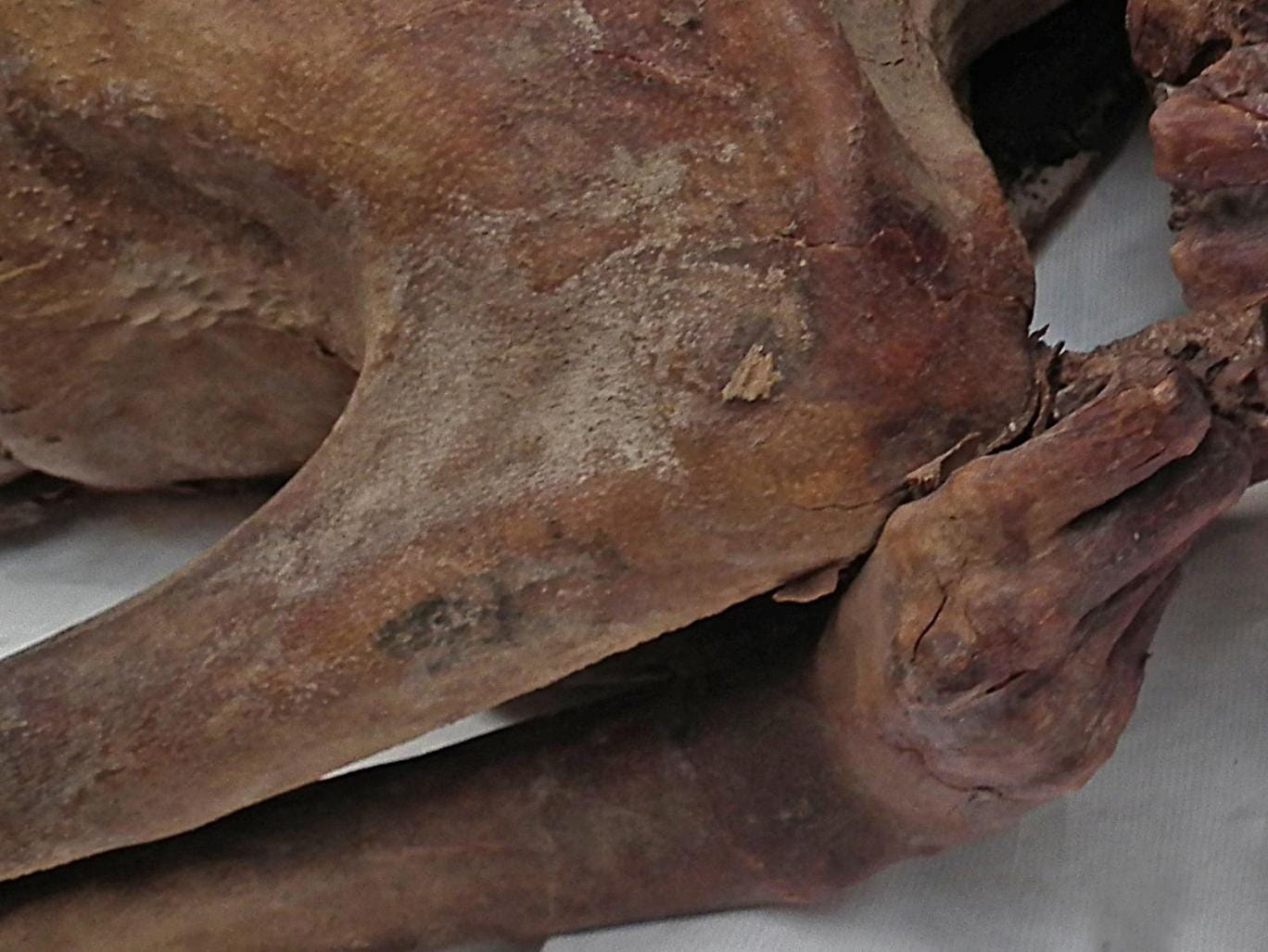
Infrared examination has revealed the marks are tattoos depicting two animals – a giant wild bull and a wild North African goat-like creature.
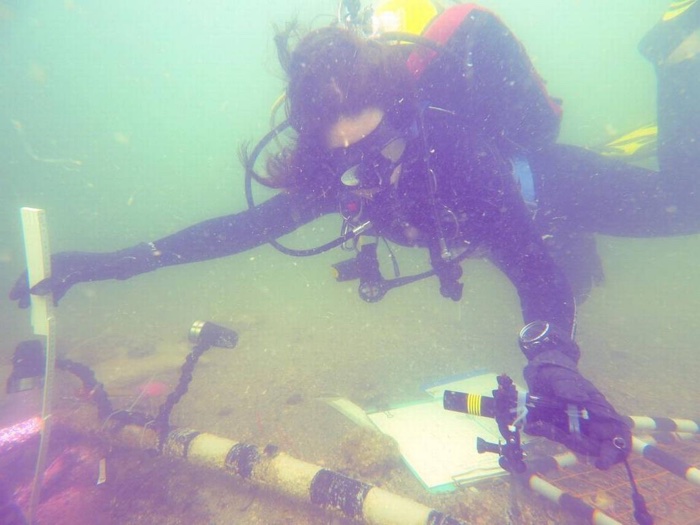
"This will forever change the way we approach offshore archaeology."
/https://public-media.smithsonianmag.com/filer/82/c0/82c0a33f-92ae-4b20-aaa1-44c193ce553b/istock-830930102.jpg)
The canine wouldn’t have been a good hunter, hinting early humans may have loved their pets for more than athleticism.

Researchers are looking to proteins to explore the biology of ancient organisms, from medieval humans all the way back to dinosaurs.

The track highlights their interest in ancient civilisations and the theories of Graham Hancock, which are regularly referenced lyrically in addition to pearls of ancient esoteric philosophy.

The Smithsonian aims to make sure that the returns of these artifacts are done correctly and to the correct descendants from whom the objects or remains were stolen.

An Italian woman’s post featuring the 30,000-year-old artifact was removed late last year; last month, the museum that houses it called out the social network.

Chiseled on three rocky spurs, the sculptures, which also depict equids, or hoofed mammals, show a level of artistic skill unseen in other rock art forms in the Saudi desert.

Migrations of people from the Bismarck Archipelago in Oceania to the previously settled islands of the Pacific began as early as 2,500 years ago, much earlier than previously thought.

Even minor asteroid hits can throw the moon’s spin off, while the monster crashes that left behind impact basins affected everything from its magnetic field to its geology and otherwise gave it a cosmic thrill ride.

Artifacts found inside the network of tombs suggest it contains a priest of the ancient Egyptian deity Thoth.
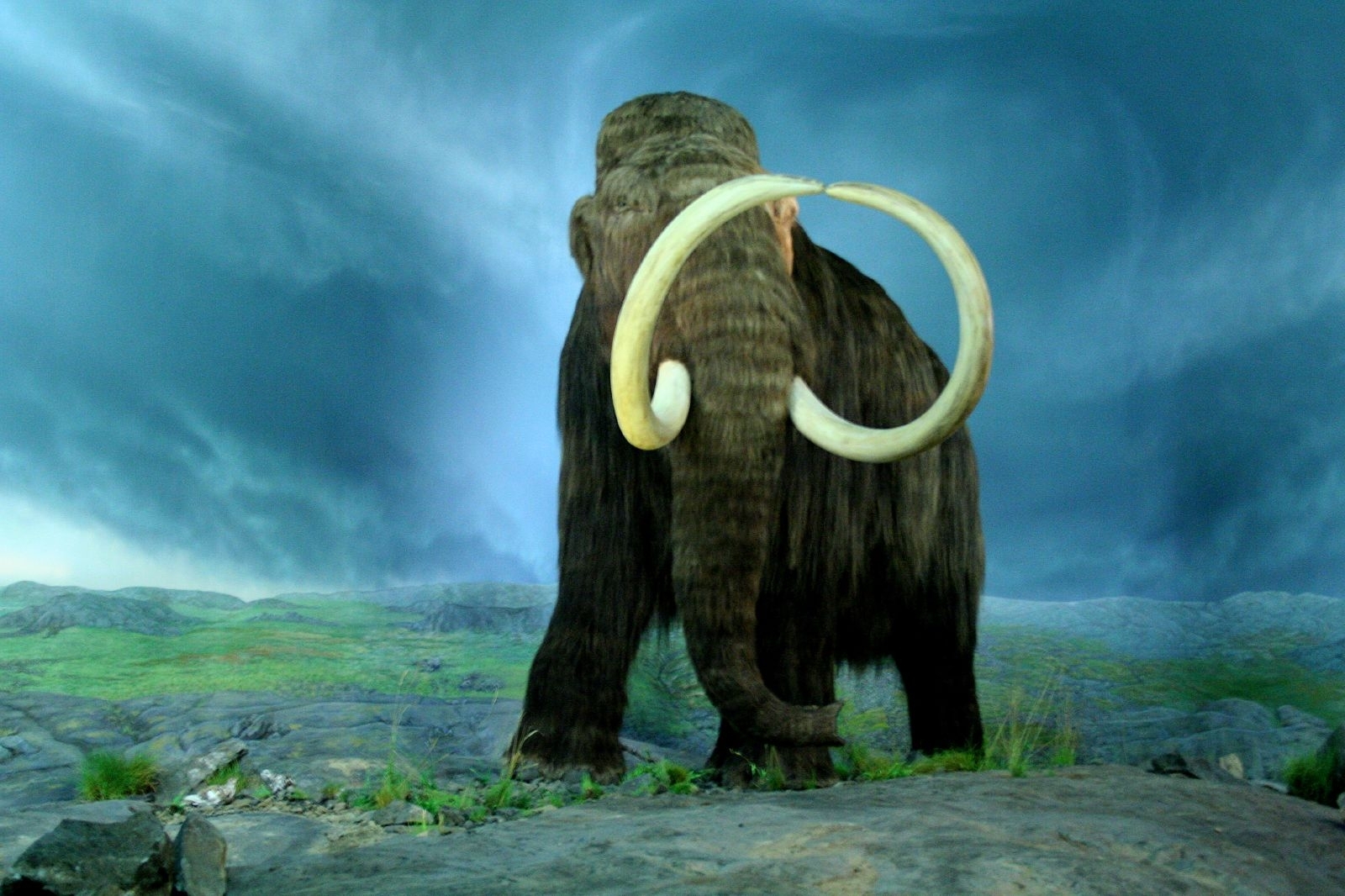
Cross breeding led to ancient elephants adapting and surviving in different regions across the world over time.

In Mexico, a form of calculation that made the ancient Mayans such a successful race has been rediscovered by academics – and is now being taught to their descendants.

Scientists have assembled the first nearly complete genome of the little bush moa, a flightless bird that went extinct soon after Polynesians settled New Zealand in the late 13th century.

Could elephant-mammoth hybrids roam the tundra? Researchers analyze the genes of several elephant species, and find genes from their extinct ancestors could help save them.
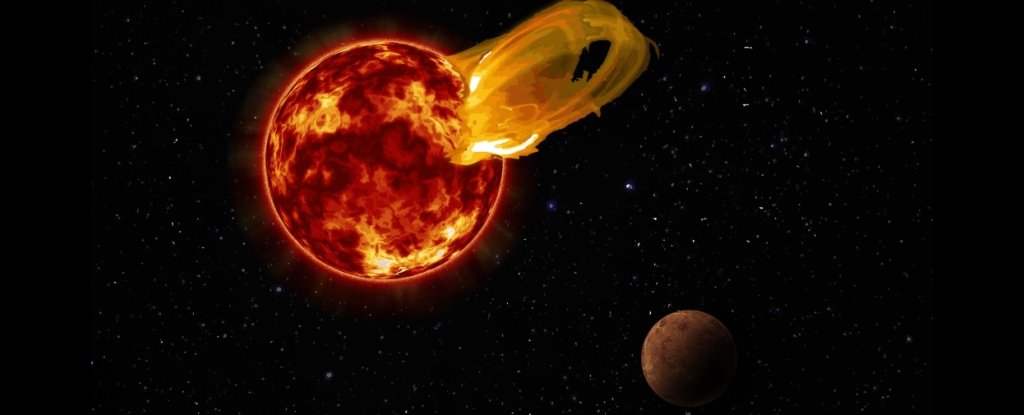
In March of last year, Proxima Centauri erupted into a stellar flare 10 times brighter than the largest flares produced by our own Sun.
Following the impact, artistic geological processes left behind the Ring of Cenotes, one of the most beautiful natural formations on planet Earth.

Yoga is for everybody, but as men we can use it to help unwind some of our own gender-specific baggage.
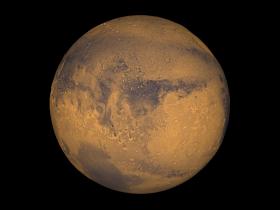
Microbes can lie dormant for decades under Earth's surface – and could be doing the same on Mars.

Humans shape nature, not only since the onset of industrialization. The influence of humans was debated in Central Africa where major interventions seem to have occurred 2,600 years ago.
/https://public-media.smithsonianmag.com/filer/7c/6b/7c6b33f9-fe8b-4005-b80d-6200c1f2fe1f/mammoth3.jpg)
Researchers piece together a 43,000-years-old tableau of an injured adult and concerned young.

Scientists say cave paintings in Spain, thought to have been by our ancestors, were actually by Neanderthals. So did they teach us everything we know?

This suggests that alternative types of stone tool technologies were simultaneously being used by different populations in this area – supporting the idea that a prehistoric "Game of Thrones" scenario existed as Neanderthals emerged in Europe.

When informed community members are involved in every step of the process, Pearson said, there is potential for reducing harm from research while enhancing trust and collaboration, and producing research reflective of community values.
/https://public-media.smithsonianmag.com/filer/96/03/9603c0dc-4492-40b0-9fb4-fc8fc5bdabcd/img_0116.jpg)
Pioneers and early archaeologists credited distant civilizations, not Native Americans, with building these sophisticated complexes.

Elizabeth Walker, Palaeolithic & Mesolithic Archaeologist and Head of Collections at National Museum Cardiff, talks about a Neanderthal hand axe, which dates back to c. 60,000-35,000 BC.
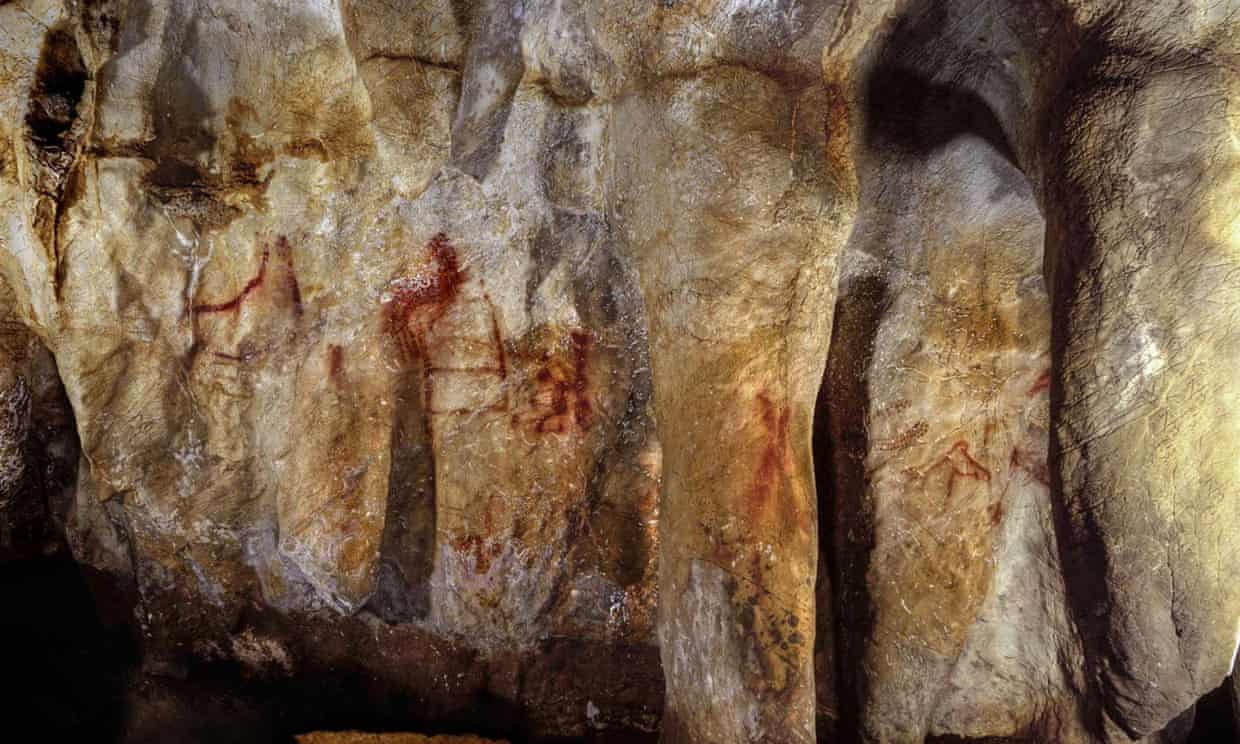
Neanderthals painted on cave walls in Spain 65,000 years ago – tens of thousands of years before modern humans arrived, say researchers.

Because the cause of deaths has remained a mystery, it is also the subject of large speculation, with multiple different existing hypotheses on the pathogenic causes of the cocoliztli epidemic.

A new smartphone app ‘Melbourne Dreaming’ has been launched this month designed to help locals and travellers discover more about Aboriginal Melbourne’s rich history and vibrant culture.
The AI designed by Tokyo University of Agriculture and Technology's Tuan Nam Ly and Kha Cong Nguyen, both 28, managed to read 96 percent of single characters, and 88 percent of three-character sets.
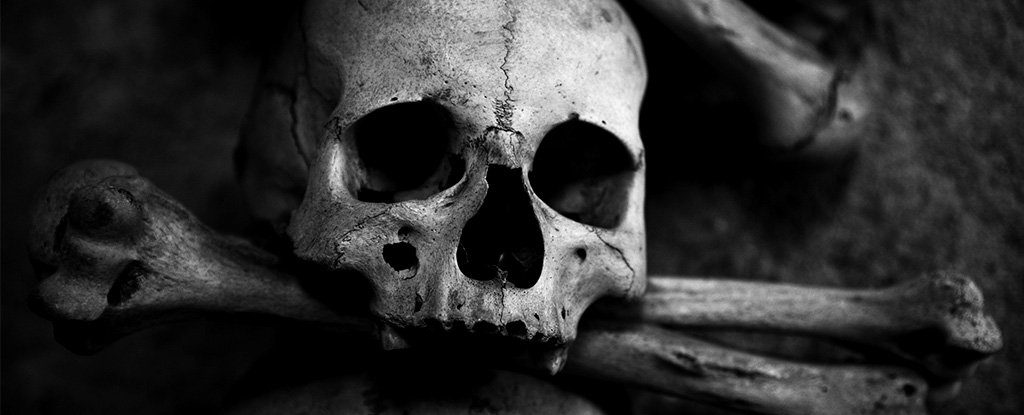
The world's richest pirate may have eluded capture in life, but efforts to bring him in are still underway – for science, if not justice.
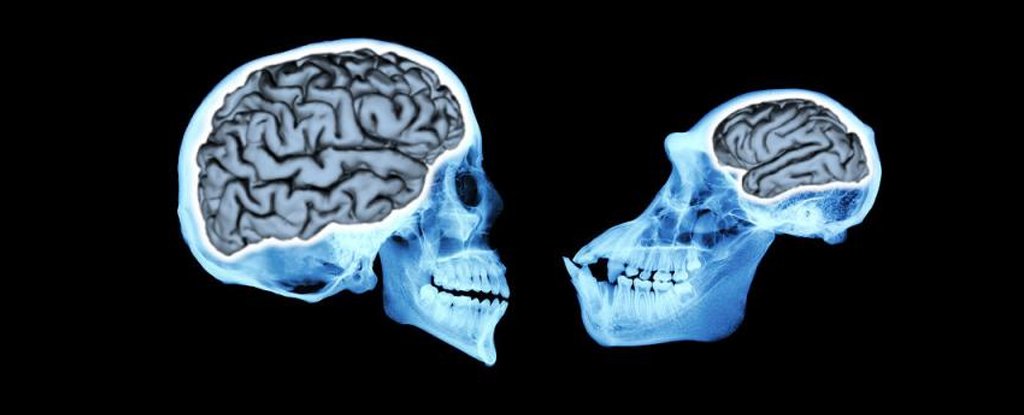
Now researchers have developed a model showing our grey matter evolved steadily over time, making it unlikely that our smarts were selected by any particular behaviour.

At least 90% of the ancestry of Britons was replaced by a wave of migrants, who arrived about 4,500 years ago, say researchers.

The Ice Bridge documentary ignores genomic evidence and relies upon an old idea that a particular mitochondrial haplogroup known as X shows a connection between North America and Europe.

Velasco found bio-archaeological evidence that modified females possessed greater access to diverse food options and were less likely to encounter violence.

A new paper suggests cave art was made in acoustic "hot spots" because early humans were converting acoustic sounds into drawings.

The new flood of genetic information represents a "coming of age" for the nascent field of ancient DNA.

Despite the notable affinities with Homo neanderthalensis, the population of Sima de los Huesos displays lower intra-population variability and has certain features even more derived than the Neanderthals themselves.

The Baduy tribe from Banten in Indonesia practise seclusion and reject all modern technology to protect their ancient traditions.

An archaeologist has figured out how the Egyptians may have aligned the monument almost perfectly along the cardinal points, north-south-east-west — they may have used the fall equinox.

Identifying the specific lipids in residues can help indicate what the pots held, what they were used for and what kind of food ancient populations ate.

Asteroid mining is about more than just heading up into space and bringing back a rock full of platinum—you actually need to land something on just the right asteroid.

In collaboration with the synth explorers Zuvuya, the "Timothy Leary of the 90s" made two albums nearly as hallucinatory as the psychedelic substance that drove his work.

If you do the maths, all of a sudden you are talking about 40,000 building foundations, which is about the same number of building foundations that are on the island of Manhattan.

The new research finally provides concrete proof that indigenous ancestry in the region has survived to the present day.

They had bodies similar to modern humans, could make tools, and were possibly the first to cook. Now one expert is arguing that Homo erectus might have been a mariner – complete with sailing lingo.
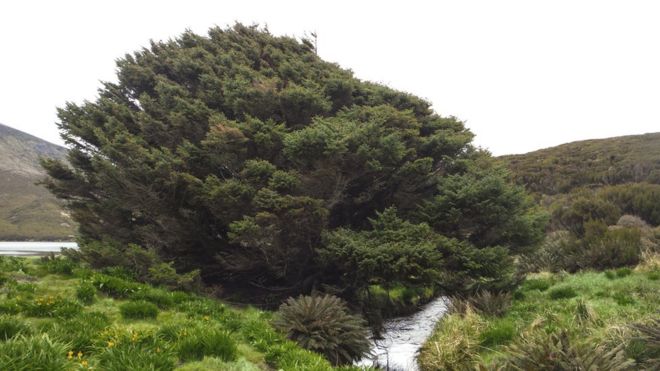
It’s been dubbed "the loneliest tree on the planet" because of its remote location, but the Sitka spruce might represent something quite profound about the age in which we live.
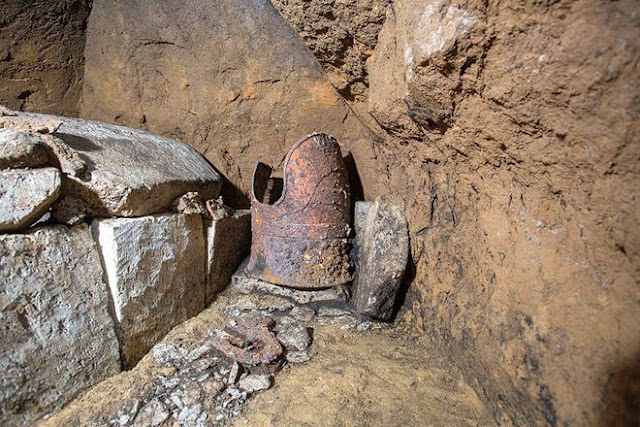
Workers paving a farm road here stumbled on a 1,500-year-old underground tomb containing a large stone coffin, human remains and armour in remarkable condition.

'Molecular clock' methodology combines evidence on the genetic differences between living species and fossil constraints on the age of their shared ancestors, to establish an evolutionary timescale that sees through gaps in the fossil record.

As much as we tend to panic over the idea of an asteroid crashing into the Earth, one possible explanation for life on Earth is that an asteroid brought it here in the first place.

This August, Neanderthal experts from around the world will gather in Torino, Italy for the first ever NeanderART conference to review the evidence for and against Neanderthals as artists.

Beneath the Tomb of Jonah in the ancient Iraq city of Nineveh, archaeologists have uncovered 2,700-year-old inscriptions that describe the rule of an Assyrian king named Esarhaddon.

The Paracas elongated skull people were not 100 percent Native American. They were a mix or even you could say, in some ways, a hybrid of different people.

Rapid advances in genetic sequencing over the past few decades have opened up a whole new window into the past.

A new algorithm called “Deflector Selector” is designed to weigh up different possible solutions to deal with the possibility of a deadly asteroid heading in Earth’s direction.

Now mitochondrial and partial nuclear genomic studies support the idea that there was only one species of North American Pleistocene horse, which belongs to a new genus.

There was a time when our ancestors’ survival was inextricably linked with their ability to create images.

The findings show that even in the Mid Upper Paleolithic, which were very wild times to be alive, you didn’t have to be a healthy, adult male to get an extravagant burial.
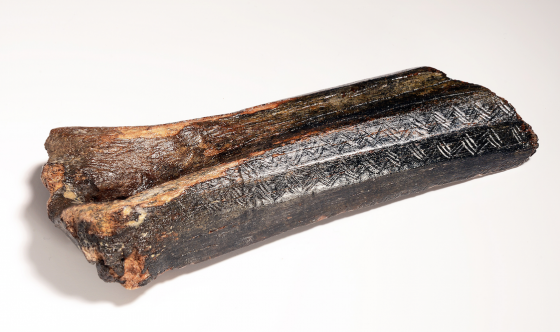
The oldest Dutch work of art is a 13,500 year-old carved bison bone dredged up from the bottom of the North Sea, archaeologists write in an article published in Antiquity magazine earlier this week.

A student has analysed clay tablets in which a man called Kisir-Ashur documents his education to become a doctor, and how he combined magical rituals with medical treatments.

This space cucumber had origins around another star, has had a violent past, and tumbles chaotically because of it. It is unusual compared to most asteroids and comets in our own solar system.
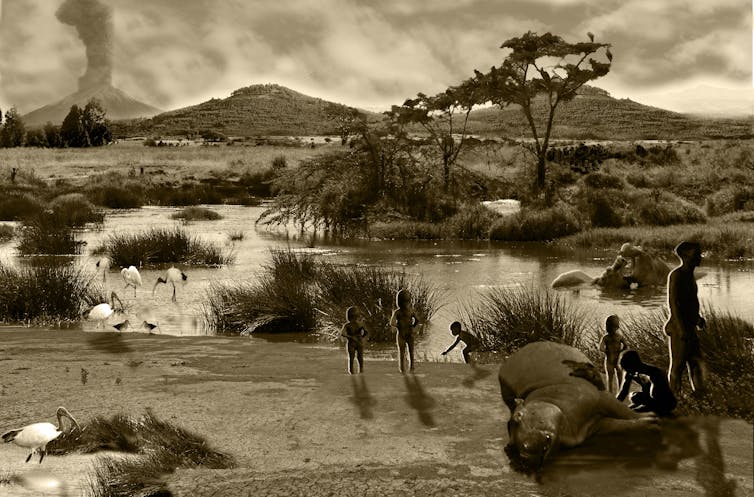
A new paper outlines the discovery of children’s footprints in Ethiopia, which show how children spent their time 700,000 years ago.
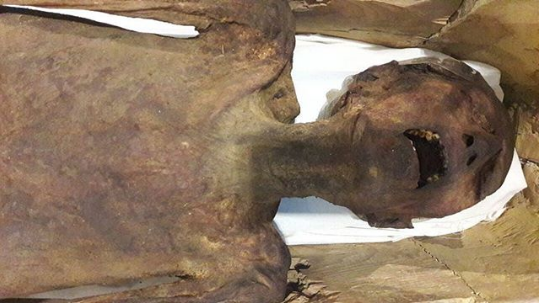
The Ministry of Antiquities has put the "screaming mummy" on display as part of its plan to spotlight artefacts that have been hidden from the public.

The study of a 10,000-year-old man surprised people when it revealed his blue eyes and dark skin – and few predicted he would reshape our view of our genetic heritage.
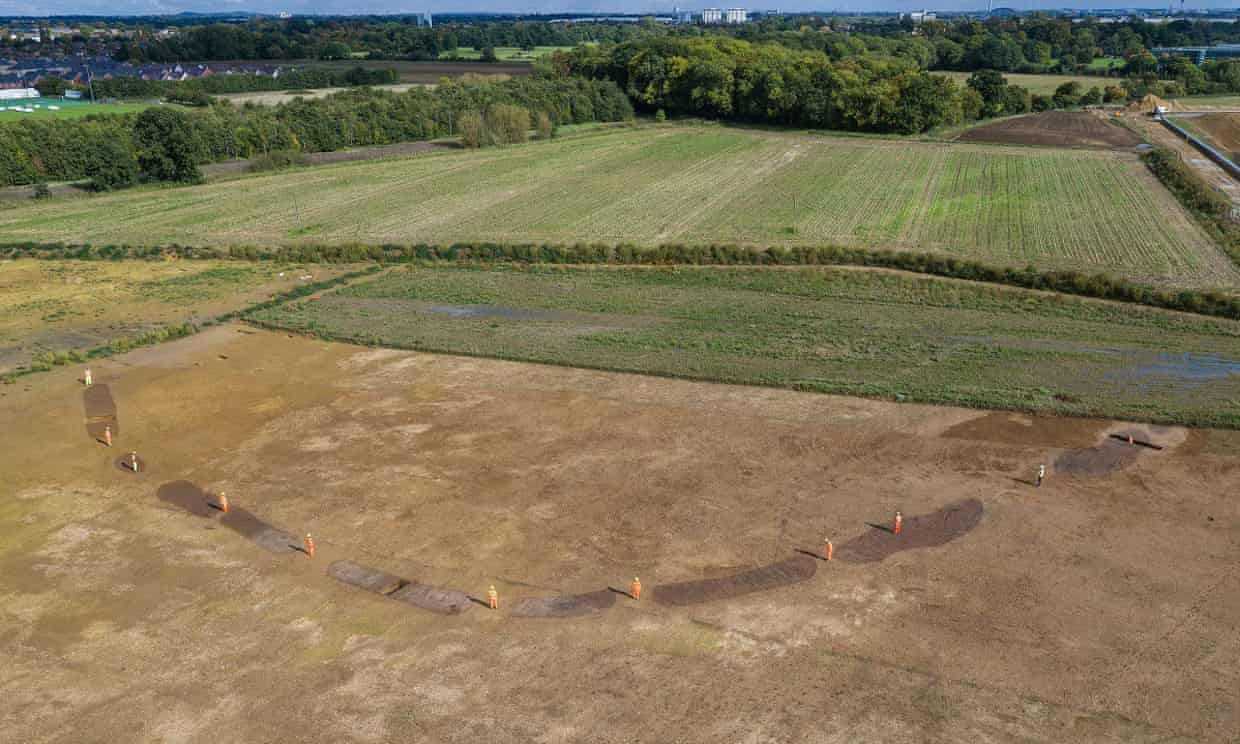
A Neolithic monument has been discovered less than two miles from Windsor Castle. Dating from 5,500 years ago, it is one of the earliest known examples of monument-building in Britain.
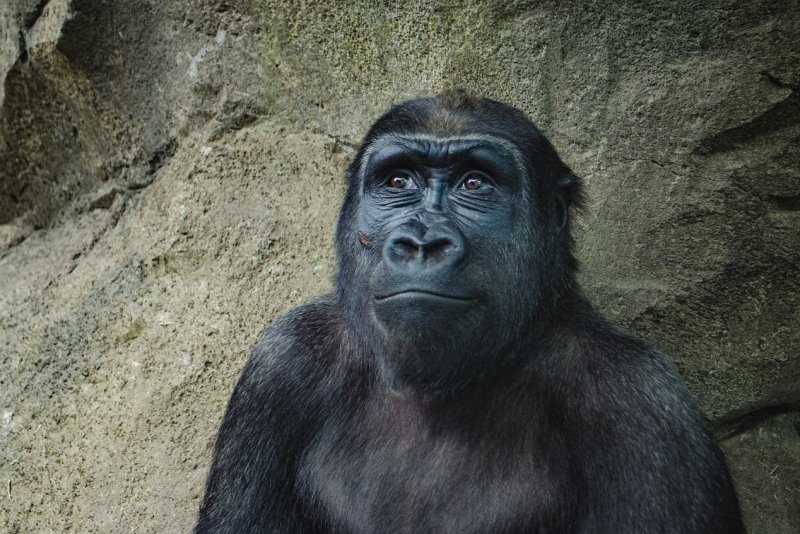
The planet's most successful species is also its most socially intelligent and complex. What set us on this course? What jumpstarted mankind's divergence from primates?

The hand-eye coordination involved in hunting with throwing spears and drawing representational art could be one factor explaining why modern humans became smarter than Neanderthals.

The space rock 2018 CB is up to 40m long and will come within 64,000km of the planet’s surface.
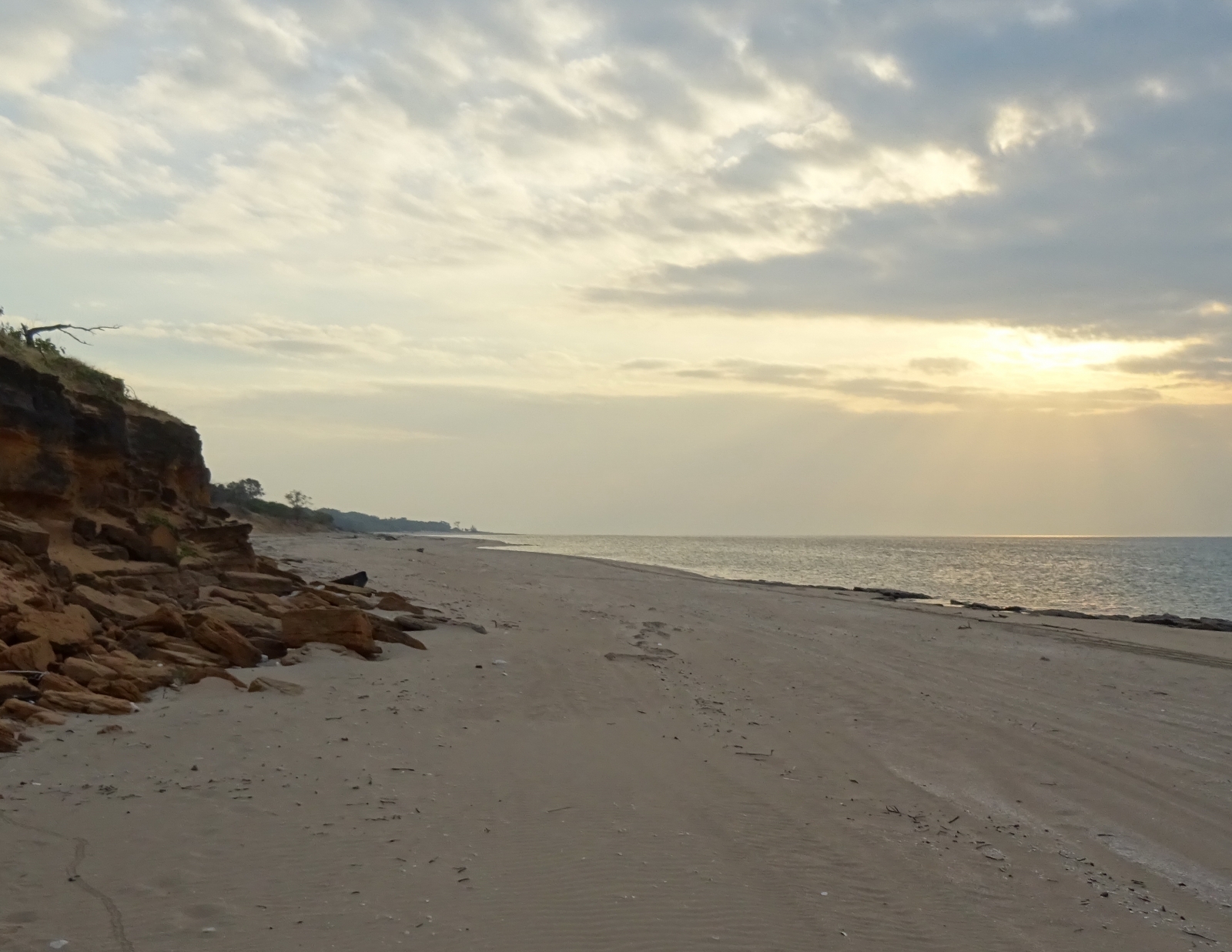
Mysterious sand mounds in north-eastern Australia, thought by many to be part of the natural landscape, are actually the burial sites of ancient indigenous people, research has found.

The giant space rock that wiped out the dinosaurs may have set off a chain of cataclysmic volcanic eruptions on land and undersea, claims a new study that is already dividing scientists.

Chinese archeologists believed that that the first wells in China were built about 6,000 to 7,000 years ago in the late Neolithic, but the new finding “pushes the origins of China’s wells back over 2,000 years.”

Archaeologists have been excavating in the ancient Egyptian city of Tell Edfu, and have discovered two new buildings that date to the Fifth Dynasty.

The first modern Briton, who lived around 300 generations ago, had "dark to black" skin, groundbreaking research has revealed.

Youngsters have probably been playing their way into cultural competence for at least tens of thousands of years. So why are signs of children largely absent from the archaeological record?

Oriental Institute excavation finds large buildings, clay sealings, evidence of metallurgy.

About 65,000 years ago, a large carnivore — perhaps a cave hyena — chomped down on the face of a (likely dead) Neanderthal. Then, that carnivore partially digested two of the hominin's teeth before regurgitating them.

More than 100 researchers have collaborated to classify the world's tropical forests according to their evolutionary history.
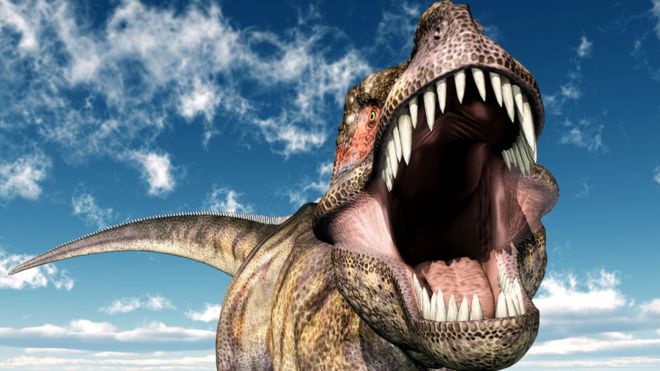
UK researchers believe they were already in decline before the killer asteroid hit because they had occupied every habitat on Earth.

The first known multipurpose tools were crafted 170,000 years ago by Neanderthals, who exploited fire during the manufacturing process.

In a new study, scientists measured mercury concentrations in permafrost cores from Alaska and estimated how much mercury has been trapped in permafrost north of the equator since the last Ice Age.

Plans to build a tunnel past Stonehenge risk destroying an important Ice Age site. An archaeologist has accused the Government of wrongly marking its location on a map.

Microlensing technique allows detection of distant worlds that could never be observed directly, 'not even with the best telescope one can imagine in a science fiction scenario'.

A canoe, or va'atele, from Samoa has sailed to New Zealand for a three week festival to promote a part of their culture that is at risk of dying.
In a hugely detailed and comprehensive new study, researchers have painted a picture of how around a tenth of Earth's surface suddenly became covered in roaring fires at a point some 12,800 years ago.

The tomb of a woman named Hetpet, who became a senior official in the royal palace, has been discovered in a cemetery on the Giza Plateau.

The proposition of “First Sculpture,” from its title onward, is that these are not merely instruments, but art; that they were crafted not just for functional reasons but for aesthetic ones.

Panspermia, or the theory that life on Earth came after our planet was inseminated with alien biology, could have easily happened.

Most are between 385,000 and 172,000 years old and thus upend the idea that tool-making was transformed in India after an influx of modern Homo sapiens came from Africa 130,000 years ago.

More than 60,000 houses, palaces, elevated highways, and other human-made features have been hidden for centuries under the jungles of northern Guatemala.

Scandinavia was initially settled via a southern and a northern route and the arrival of agriculture in northern Europe was facilitated by movements of farmers and pastoralists into the region.

'Two thousand years later, we use DNA and show that the ancient Egyptians were absolutely right.'




